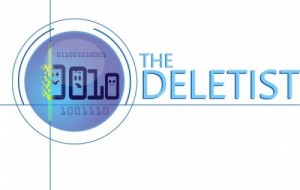When I blogged about the Decree of the Digital Mob, How the Internet Makes or Breaks You, I didn’t fully realize the potential. This past week I felt disheartened reading about the actions of a group of teenagers. The group created over 20 accounts impersonating teachers. Then posted incriminating and false information. Some of the accounts included photos of the teachers taken from other social media accounts and reposted.
Growing up we had a limited number of options available for expressing anger or annoyance towards a teacher. Maybe somebody played a prank, drew a mean picture, or wrote a nasty note. Once delivered, the reach of the offensive action was contained. Existing in analog meant the information couldn’t travel very fast or very far. Though people could talk about something, it was just talk. There were no instant photos, hoards of followers, written commentary, or AI to fabricate deepfakes.
Digitally harassing over 20 teachers likely took mere minutes. Unlike in my time, the reach was far, the pace was fast, and the damage far more lasting. It’s bad enough people can create fake images and deepfakes on their own accounts of other people. Having a group of teenagers create many fake accounts, populated with fake content feels shocking, but sadly very believable.
In complex scenarios, such as this one, it’s hard to even know where to place blame and accountability. Obviously some of both reside with the teenagers themselves. But Tik Tok also has some of the share for making it so easy for others to create fake accounts, a policy violation. Additionally, the consequences for both teenagers, Tik Tok, and maybe the parents, are not clear. Though for the teachers, it’s evident their lives are marked forever.
All of this amplifies a growing unease about the power, extent, and inability to put guardrails on social media. Or if it is even still possible to have more controls. People have grown accustomed to the freedoms online personas afford them. This could include impersonation, cyberbullying, posting falsehoods about others, and in general, not having to take accountability for their actions. If controls are possible, who is responsible for defining, implementing, and enforcing them?

1 comment for “The Digital Mob Takes Shape”